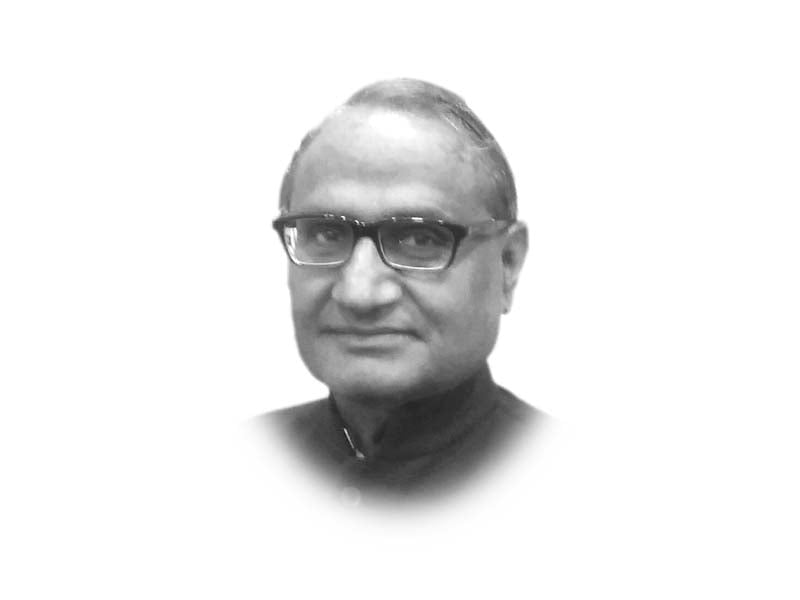
By its own definitions, the 1998 census declared 32 per cent of Pakistan as urban. In 1999, Reza Ali challenged this result. According to estimates based on his work, the urban population was much more. The census defines what is urban and assumes all else to be rural. The 1981 census defined urban in administrative terms. Thus, the population living within the administrative boundaries of towns, municipalities and cantonments, was counted as urban. It was a departure from the definition adopted in the censuses held from 1861 to 1972. Besides municipalities, civil lines and cantonments, the census commissioner could include any continuous settlement of at least 5,000 persons. Some demographers have worked out that these settlements, left out by the census definition, contain a sizeable urban population, taking the total to 40 per cent.
Reza Ali insists that the problem with the existing definition is not just that it miscounts the population. More importantly, it distorts the understanding of urbanisation as a process, by reflecting an incomplete degree of agglomeration. Following the internationally accepted definition based on measurable indicators of population density, urban core and proximity to the city, albeit with higher thresholds, he was able to capture human settlement concentration. This meant that all of Balochistan except Quetta, large parts of Sindh, Khyber-Pakthunkwa and south Punjab were rural. These are also the areas where inequalities across space have been rising. However, the rest of Pakistan is not all urban, though still higher than the census definition. There is what he calls urbanising areas between the rural and the urban areas. As he puts it: “The urban/rural divide appears as a gradient, rather than a dichotomy — life changes in a variety of dimensions along the urban-rural route: from fields and intensive cultivation, villages and small market towns, to larger towns, small cities and the cosmopolitan city.”
Based on Reza Ali’s concept, and by lumping together urbanising and urban areas, an economist estimated that Pakistan was 47 per cent urban in 1998, with the future projected at 70 per cent by 2030. What does it imply for future policy? For formulation of policy, the urbane (and cultivated) Reza Ali would let fools contend.
Published in The Express Tribune, May 6th, 2016.
Like Opinion & Editorial on Facebook, follow @ETOpEd on Twitter to receive all updates on all our daily pieces.





































COMMENTS
Comments are moderated and generally will be posted if they are on-topic and not abusive.
For more information, please see our Comments FAQ